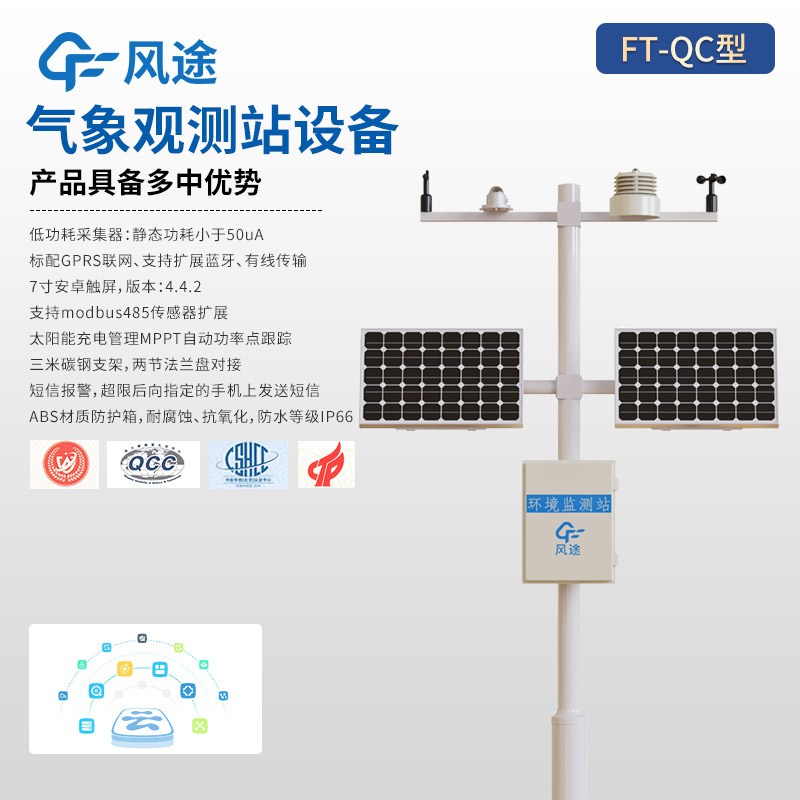Meteorological environment monitoring equipment supplier
Insist on doing high-precision customer favorite technology products
Firstly, cities are ruled out. This is because weather stations have to be located in places that are representative of the surrounding weather, and tall buildings have to be avoided to block the light and wind so that the data measured is accurate. Cities with many tall buildings may affect the weather data and make the weather forecast less accurate. To put it simply, weather stations should be built in open areas for accurate measurements.
Of course, automatic weather stations do not necessarily have to be built in a completely deserted field, but they do need some suitable conditions. Firstly, the weather station should not have too much shade, so as to ensure that wind and sunlight are not affected and the data can be accurate. Secondly, although it is far away from the crowds, it should not be too difficult to reach, so that if there is a problem with the equipment, it will be easier to maintain. Also, the communication signal should be good to ensure that the data can be transmitted in real time.
Therefore, the ideal location for a weather station is one that is both open and easy to reach, and where communications are good.
In order to get accurate meteorological data from an automatic weather station, apart from choosing a good place, how to put the instrument is also very crucial. There are several points in the Code:
1. Instruments for measuring temperature and humidity should be mounted in a shuttered box with a special bracket and placed vertically, about 1.5 metres above the ground.
2. Instruments for measuring rainfall are to be placed on a flat, windless area, mounted on a shelf and kept level. Nothing around it should be too close, at least twice as far away as the height of the instrument. A tipping bucket rain gauge should be about 0.7 metres above the ground, and a weighing type should be 1.2 to 1.5 metres.
3. Instruments for measuring barometric pressure should use static pressure tubes to ensure that the air holes are clear. If installed outside, waterproof and dustproof; installed inside, to stay away from heat sources, air ducts, avoid direct sunlight, air conditioning and fan winds do not blow directly on it.
4. Instruments for measuring wind direction and wind speed should be installed on wind poles or wind towers, and the compass should be parallel to the horizontal arm, with a height of between 10 and 12 metres. Things around the wind pole also have to be far away, at least three times as far away as the height of the pole.
Automatic weather stations have to be protected from lightning, as they are prone to being struck by lightning in open areas, damaging the equipment. After you build a weather station, you have to put a fence around it to prevent animals or people from messing with it, and you have to put up a warning sign telling people that it's a weather station and to protect it.
Protecting the weather station means protecting the weather data we get, so that the weather forecasts will be accurate, which is good for agriculture, transport and so on, and also helps us to protect the environment better.
